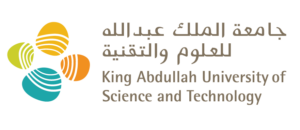Marine Science
Examining phytoplankton’s past to reduce future algal blooms
Sediment-core analysis highlights clear shifts in regional phytoplankton community trends following urbanization and industrialization on the coast of the Arabian Gulf.
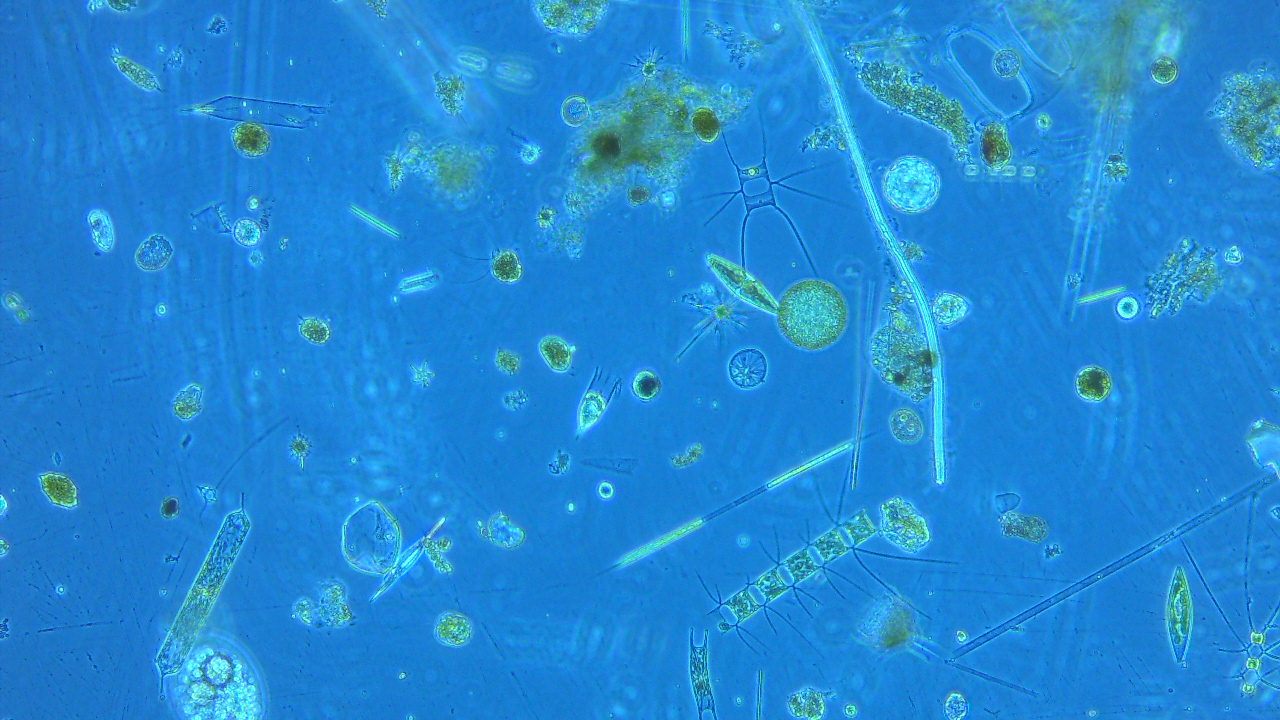
Phytoplankton communities form the basis of the marine food web and are essential for nutrient cycling in the world’s oceans. However, both natural and human activities can easily disrupt the balance and functioning of these essential microalgae communities. Understanding how phytoplankton respond to external pressures over time can provide useful insights for safeguarding these vital ecosystem components in the future.
Now, a study of sediment cores taken from the western Arabian Gulf to examine centennial and decadal trends in phytoplankton communities in the region has been undertaken by KAUST researchers in collaboration with King Fahd University of Petroleum and Minerals (KFUPHM)[1].
“People may be surprised to learn that phytoplankton produce nearly half of the oxygen on the planet,” says Sdena Nunes, postdoc at KAUST, who worked on the study with KAUST faculty Carlos M. Duarte and Susana Agusti. “However, when agricultural run-off, urban wastewater discharge and industrial effluents enter the marine environment, the water becomes enriched with nutrients such as phosphorus and nitrogen. This ‘eutrophication’ process fuels the rapid growth of phytoplankton, leading to harmful algal blooms (HABs).”
As these blooms decay, the decomposition process consumes large amounts of oxygen, creating hypoxic zones, or “dead zones,” where marine life cannot survive. Instead of producing oxygen and feeding wider ecosystems, the phytoplankton suffocate habitats.
HABs also pose health risks to humans. Scientists are concerned about the visible rise in eutrophication and HABs in the Arabian Gulf in recent years.
To learn more about the historical trends in phytoplankton in the region, the team analyzed the phytoplankton pigments present in the layers of sediment that have built up over centuries on the seafloor.
“Pigments are colored compounds present in all photosynthetic organisms, including phytoplankton. They are naturally preserved in seafloor sediments after the phytoplankton die,” says Nunes. “These pigments can indicate what species were present and their prevalence over different decades.”
The team’s results show clear evidence of widespread eutrophication in the Arabian Gulf, which has intensified since the 1980s. Chlorophyll-a concentrations increased in all the sediment cores over the last 40 years, reflecting a steady rise in phytoplankton abundance. Over time, the phytoplankton community has shifted from cyanobacteria and prasinophytes, which dominated in the early 20th century, to diatoms and dinoflagellates.
“These changes align with the region’s rapid urbanization and industrialization, and with rising nutrient inputs into the Gulf’s waters,” says Nunes. “The frequency and intensity of HABs have increased rapidly since the early 2000s, and there are also seasonal phytoplankton variations that are influenced by other factors, such as coastal wastewater discharges.”
Cyanobacteria experienced a sharp decline during the 1990s, coinciding with oil spills from the Gulf War. Oil pollutants inhibit the growth, metabolism and photosynthesis processes of cyanobacteria.
“These findings underscore the widespread and ongoing impact of eutrophication — compounded by anthropogenic pressures — on the region’s marine ecosystems,” says Agusti. “By mapping these changes on a centennial scale, we’ve gained insights into how phytoplankton dynamics respond to environmental pressures.”
The team hope these findings can guide the development of national and regional monitoring and management strategies to reduce nutrient in-flows and control pollution in the Arabian Gulf.
Reference
- Nunes, S., González, G., Qurban, M., Duarte, C.M. & Agusti, S. Centennial and decadal trends in phytoplankton communities highlight rising eutrophication along the western coast of the Arabian Gulf. Marine Pollution Bulletin 209 117177 (2024).| article
You might also like
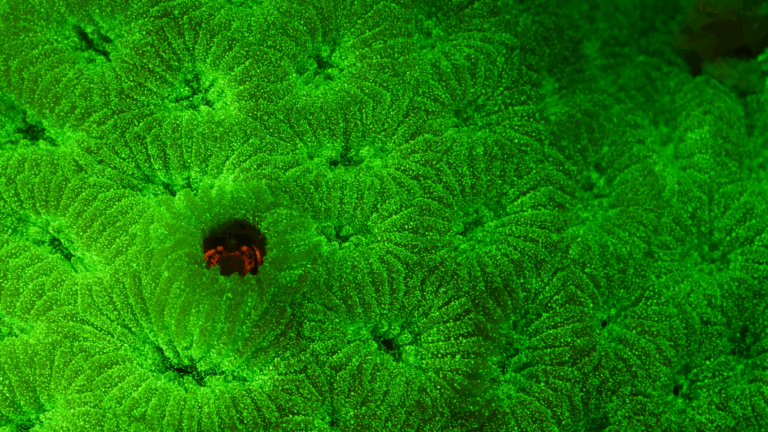
Marine Science
Tiny crabs glow to stay hidden

Marine Science
Mass fish deaths linked to extreme marine heatwave in Red Sea
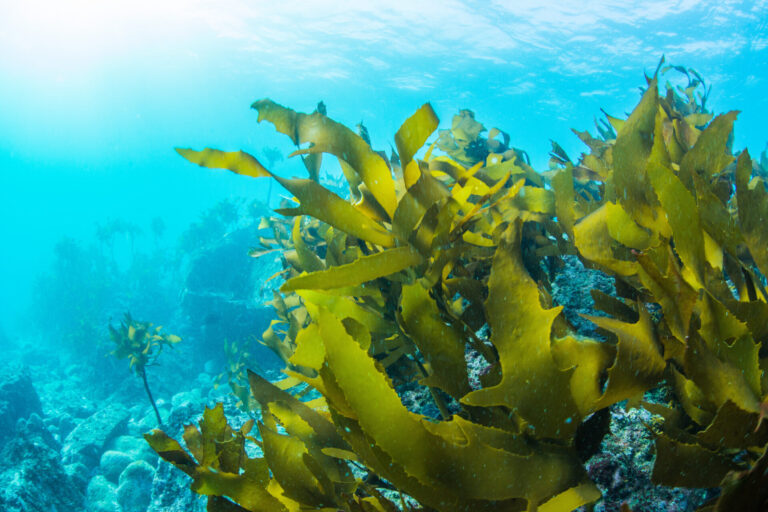
Marine Science
Weeding out the secrets of Red Sea macroalgae

Bioscience
Digging into the world of plant-growth-promoting microbes
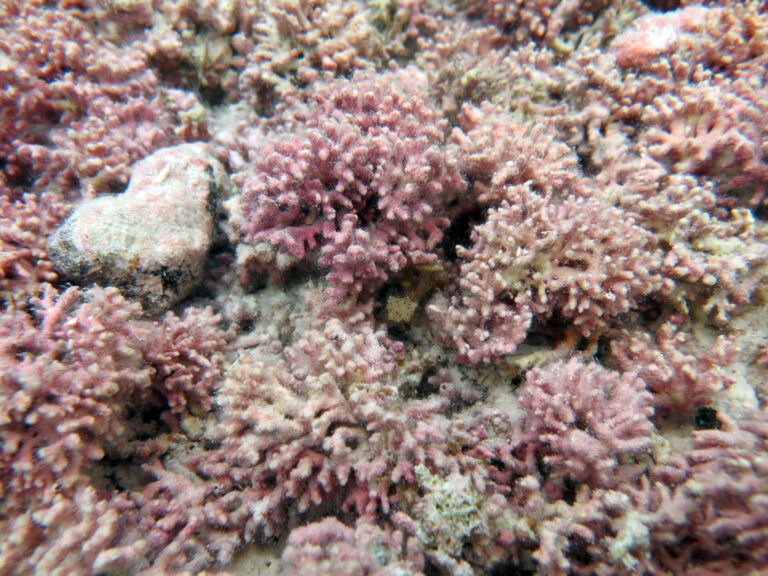
Marine Science
Rhodoliths found in a surprise location
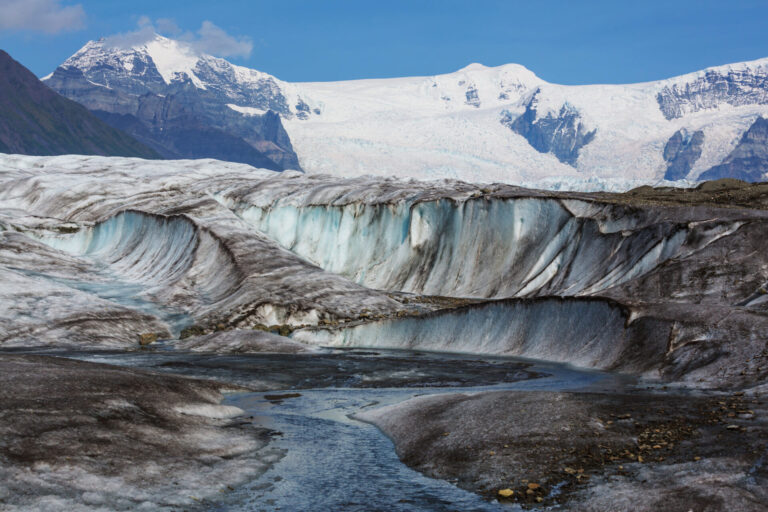
Bioscience
Unique microbiome discovered in mountain streams

Marine Science
Extensive deep warm-water coral frameworks pinpointed in the Red Sea
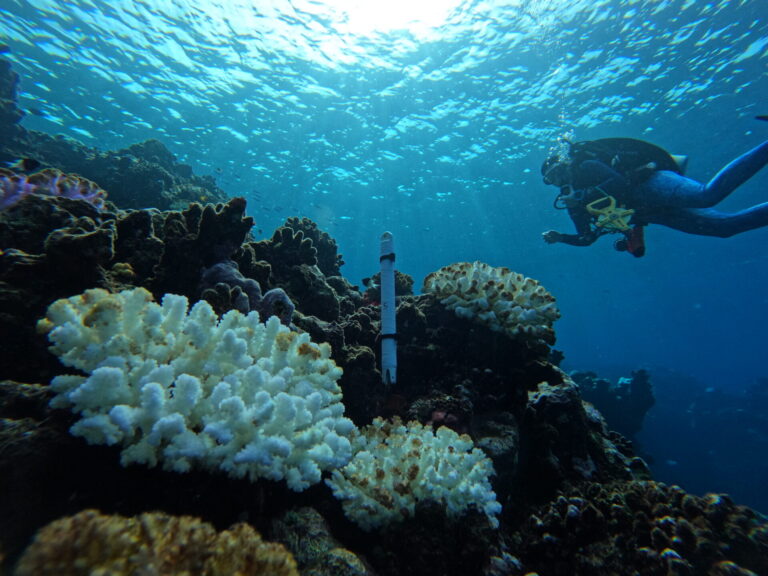
Marine Science
